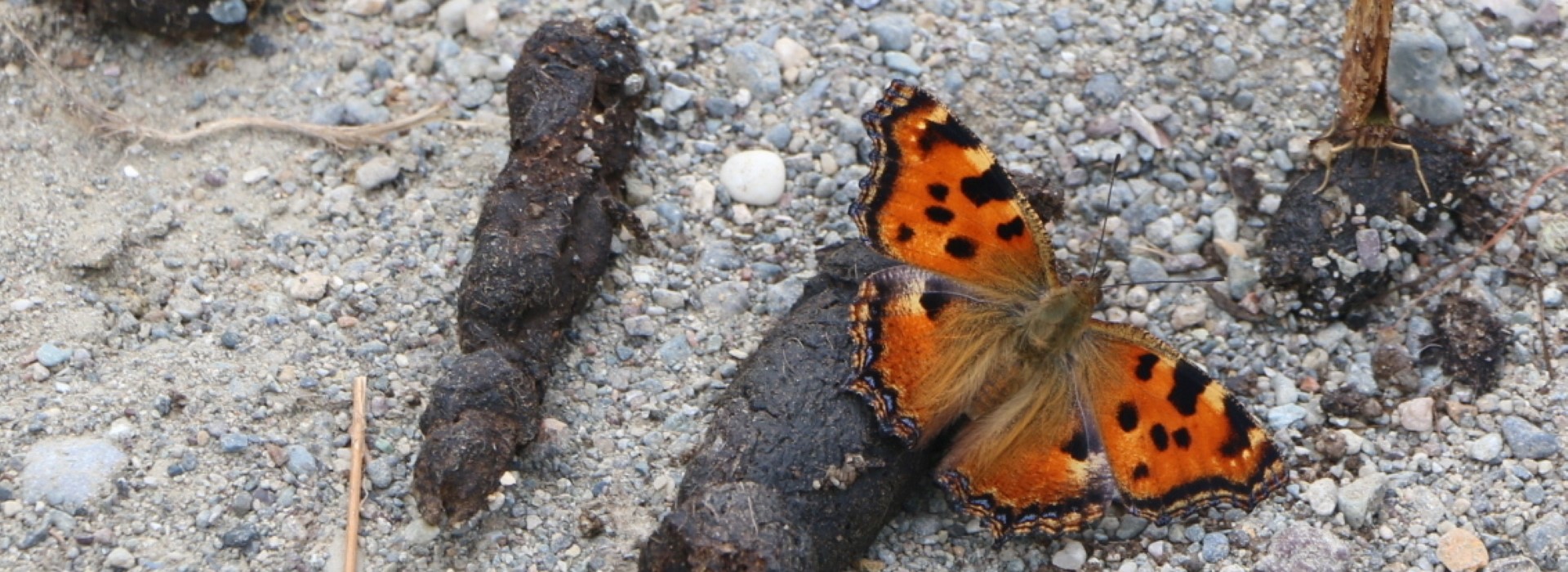BUTTERFLY INFO
Nymphalis polychloros is a butterfly of the family Nymphalidae on the island of Crete, Greece.
Scientific name
Nymphalis polychloros (Linnaeus, 1758)
Common name
Large Tortoiseshell
Classification
Family: Nymphalidae > Subfamily: Nymphalinae > Tribus: Nymphalini > Genus: Nymphalis
Wingspan
Male to female: 50-60 mm
Appearance
There is no sexual dimorphism; males and females have a similar appearance. The wings are orange to red-colored with black and yellow patches.
Both wings on the upper side appear yellowish shades between the black marks and near the external margin in the postdiscal area and a black band in the submarginal area.
The underside of the wings is smoky brown, almost black in basal and discal areas with darker shades, black transverse penciling, and a row of blue marks in the submarginal area.
Behavior
Adults hibernate from November to December, in cavities of ground and trees. It has a very strong flight.
Habitat
Nymphalis polychloros in Crete live in forest edges, forest paths, glades, orchards, meadows, riverbanks, fields with light vegetation, and olive groves.
Food plant
The polyphagous larva feeds on various plants, i.e. Rosaceae (Crataegus monogyna, Pyrus communis, Prunus domestica), Salicaceae (Populus nigra, Salix alba) and Ulmaceae (Ulmus minor).
Flight period
The butterfly flies in one generation per year.
| Jan |
Feb |
Mar |
Apr |
May |
Jun |
Jul |
Aug |
Sep |
Oct |
Nov |
Dec |
| |
|
|
|
|
|
|
|
|
|
|
|
Remarks
Nymphalis polychloros has a unique appearance in Crete and can’t be confused with any other butterflies of the island.
Status*
Least Concern (LC)
(*Red List Greece, 2024)

